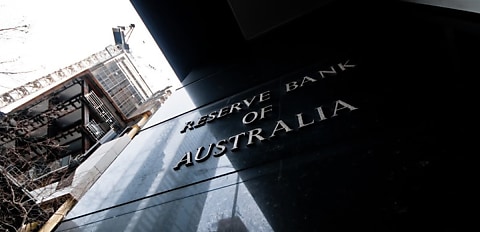The release of the December quarter 2023 Consumer Price Index (CPI) data by the Australian Bureau of Statistics (ABS) has revealed another decline in the inflation rate, with the quarterly CPI rising 0.6 per cent, down from 1.2 per cent in September 2023, and 4.1 per cent annually (down from 7.8 per cent in December 2022).
As such, economists have maintained their forecasts for a cash rate hold during the Reserve Bank of Australia’s (RBA) first monetary policy meeting for 2024 due in the first week of February.
Westpac chief economist Luci Ellis said while the November data flow pointed in the direction of a hold, the December CPI release “seals the deal”.
“The RBA will keep the cash rate on hold next week, and it is unlikely to raise rates further this cycle,” Ms Ellis said.
“At its previous forecast round in early November, the RBA was expecting both headline and trimmed mean inflation to be 4.5 per cent over calendar 2023.
“The implied forecast for the quarter was around 1 per cent in both cases. The actual result was 0.6 per cent in the quarter and 4.1 per cent over the year for headline CPI inflation and 0.8 per cent and 4.2 per cent for the bellwether trimmed mean measure.”
Commonwealth Bank of Australia (CBA) economist Stephen Wu and head of Australian economics Gareth Aird said yesterday’s (31 January) CPI “rubber-stamps” the RBA to hold next week.
“Monetary policy works with the well-documented long and variable lags. The RBA’s highly aggressive tightening cycle had very little impact on price changes in the economy in 2022,” they said
“But rate hikes worked to slow demand growth in the economy in 2023 and by extension price rises. That process will continue through 2024.
“We retain our view that the RBA will leave the cash rate on hold at the upcoming February Board meeting (6/2). Indeed, the decision next week to leave policy on hold will be straightforward given the inflation data today has come in weaker than the RBA anticipated.”
Similarly, ANZ senior economist Catherine Birch stated the major bank’s base case remains that the cash rate has peaked at 4.35 per cent, however, cuts are not expected until late 2024.
“That said, risks might be starting to skew toward an earlier commencement of rate cuts. We doubt the RBA will signal this at its coming meeting, however,” Ms Birch said.
CreditorWatch chief economist Anneke Thompson said while falling inflation is positive news for the RBA and borrowers overall, operating conditions for businesses over the next six months “will remain very challenging”.
Furthermore, Ms Thompson stated that consumer confidence is unlikely to return until there are any real signs of interest rate cuts, which are unlikely to occur before the third quarter of the year.
“An unemployment rate rising more sharply than forecast could convince the RBA to bring cash rate cuts forward in to the second quarter of 2024, and slowing business conditions means there is an ever-increasing possibility this could happen,” Ms Thompson added.
PropTrack senior economist Paul Ryan commented that financial pressures “look to be easing in 2024” as home and rental price slow and interest rate cut expectations rise.
“For households feeling cost-of-living pressures, this will be welcome news,” Mr Ryan said.
[RELATED: Inflation at 2-year low]

